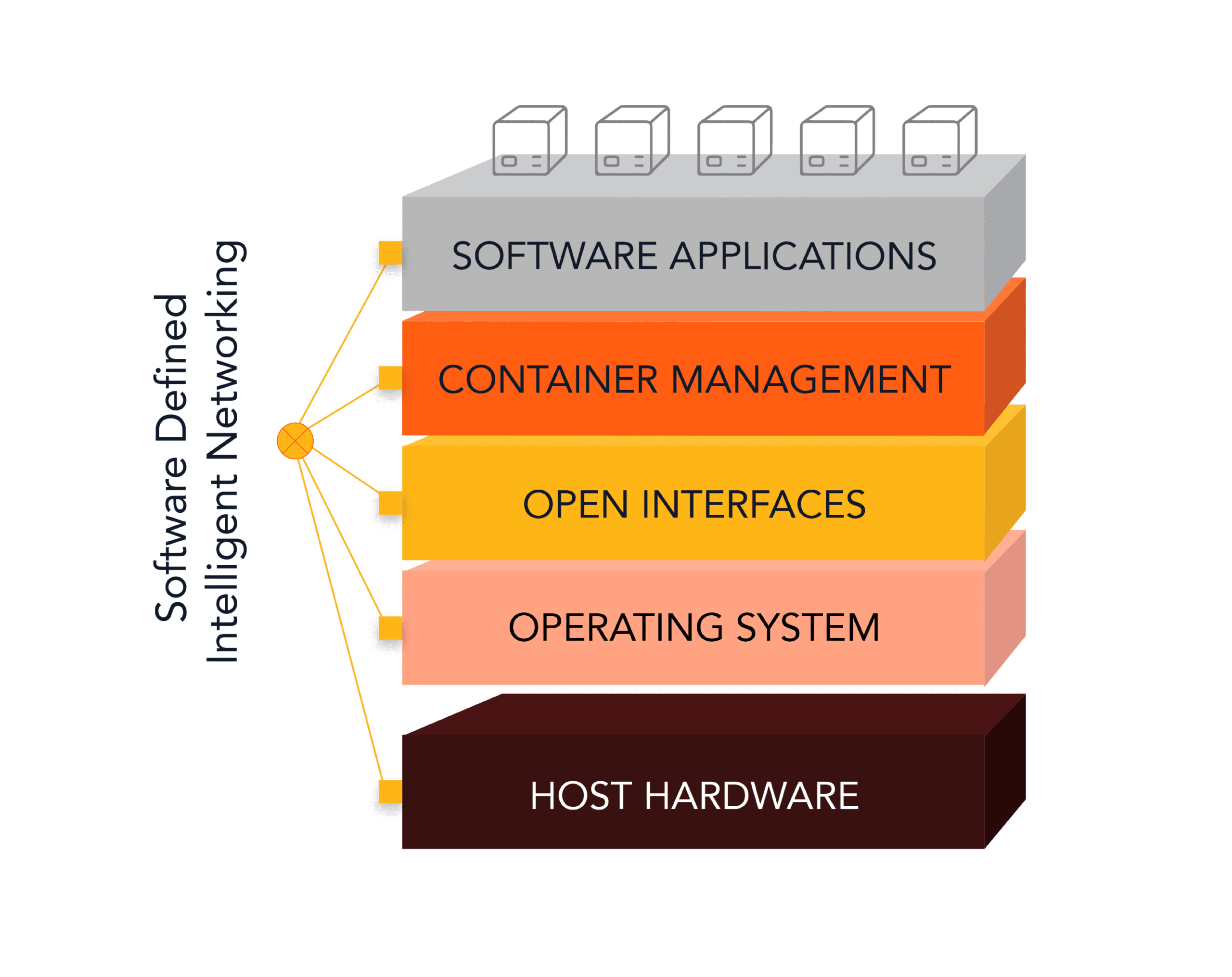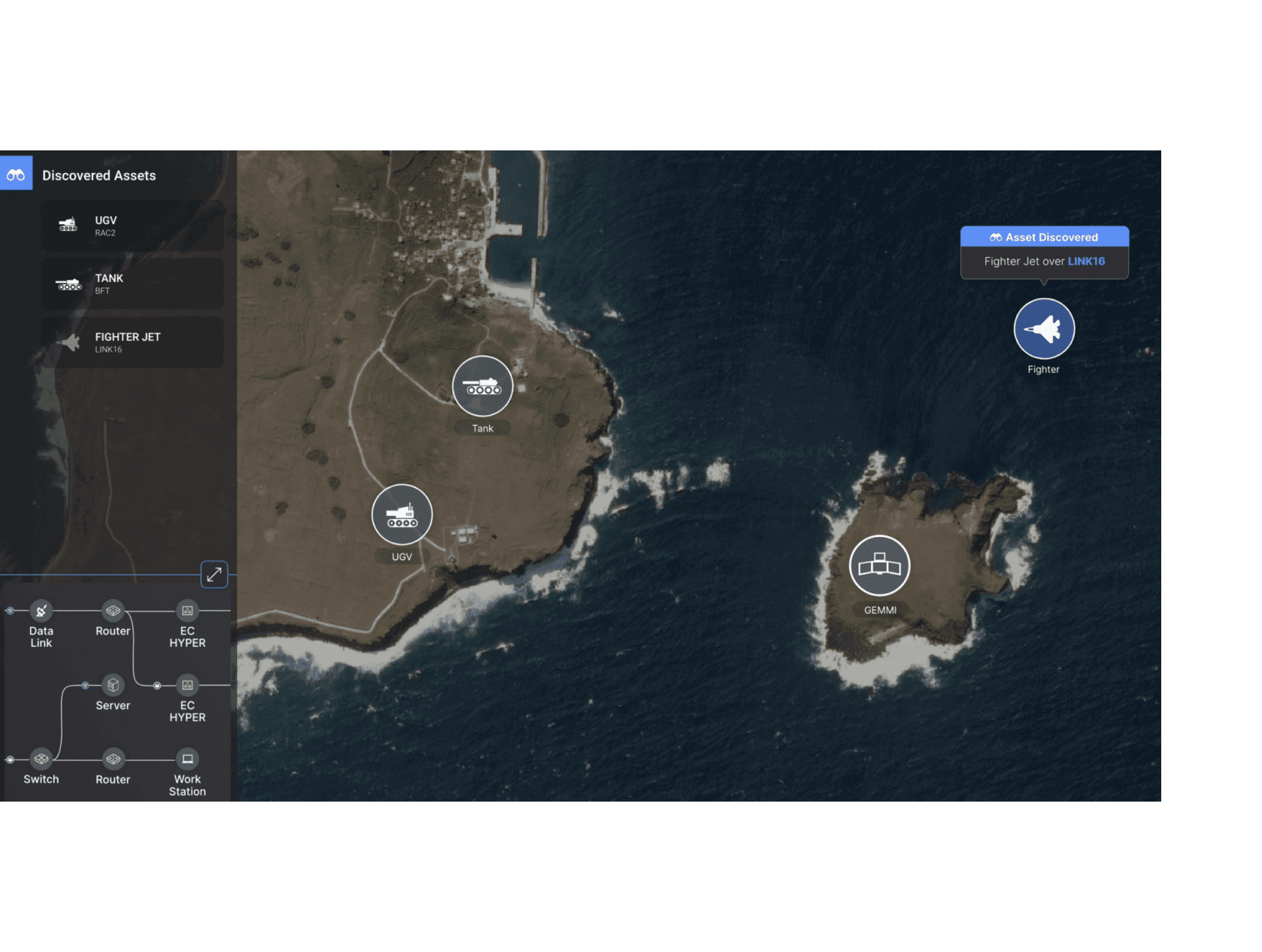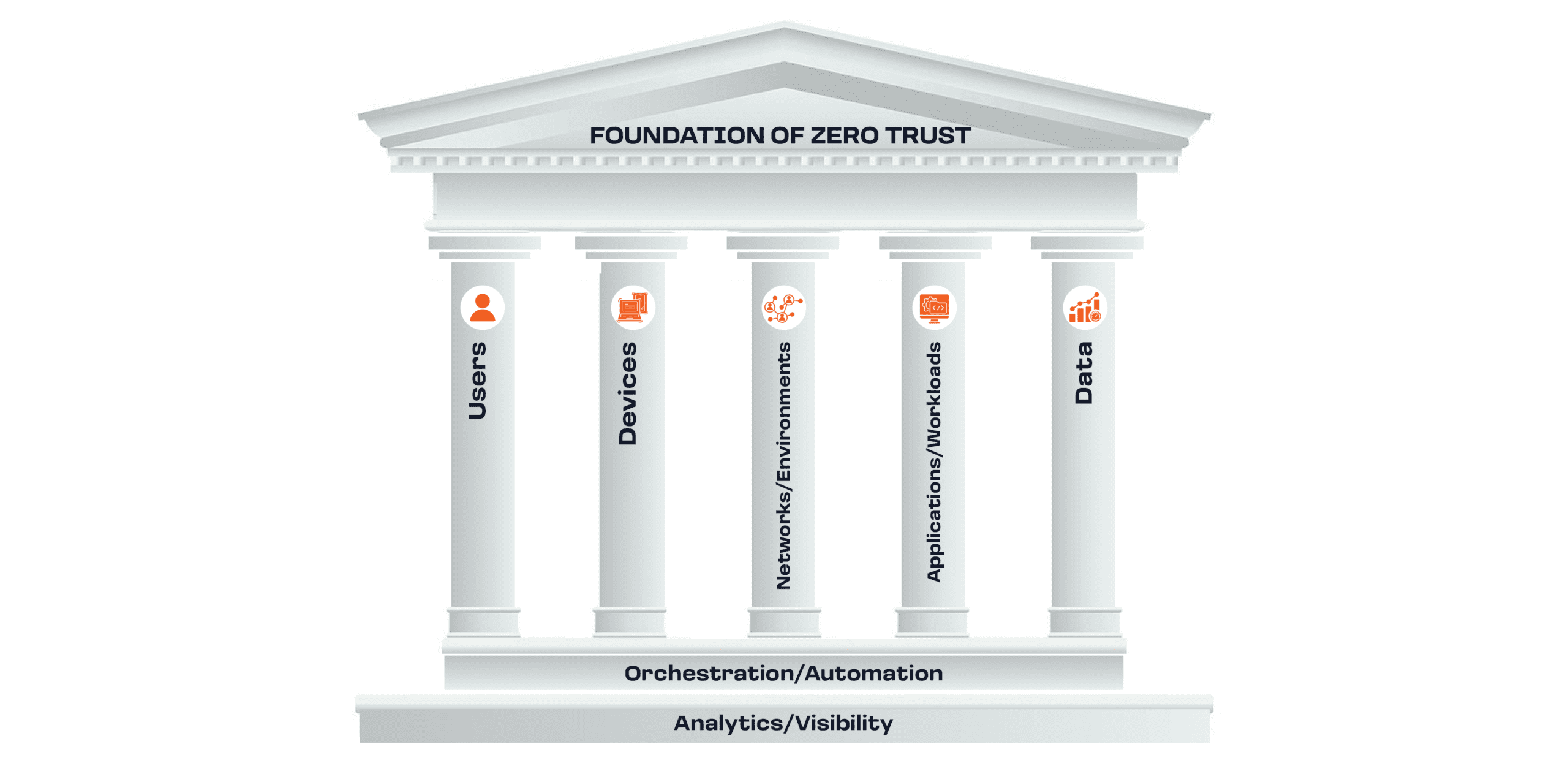
A technology stack of the future
All critical mission applications rely on the strength of the technology stack beneath them. STRATIA® is the industry leading software operating environment for systems integration, that considers the Modular Open Systems Approach (MOSA) of each service and domain up front so common capabilities can be re-used across platforms to accelerate deployment all while protecting airworthiness and cybersecurity boundaries.

Benefits of STRATIA® Software
• Enables C2, AI, and rapid mission systems integration for Multi-Domain Operations
• Maximizes coverage of MOSA operational requirements
• Allows fast and agile capability integration with near push-button updates
• Leverages intelligent networking to ensure the right data gets to the right place at the right time
• Reduces cost of development, integration, and sustainment and allows reuse of capability
• Proven secure on even the most mission-critical systems
• Integrates/hosts over 200 third-party applications

Examples of Hosted Applications Enabled by STRATIA®
• UAS Swarm / ALE C2
• Aided Target Detection
• Tactical Data Links
• Software Defined Radios
• Precision Fires Targeting
• Weapons
• Sensors
• Degraded Visual Environment
• Aircraft Survivability
• Artificial Intelligence

Dynamic and Resilient Network Communications
Shorten the kill chain in today’s contested battlespace with networked sensors and weapons and deliver resilient capabilities in support of Joint All Domain Command and Control (JADC2). Parry’s unique open architecture platform, STRATIA®, brings battle management, vehicle autonomy and multiple networks together in a scalable solution built for contested and denied environments.

Never Trust, Always Verify: Zero Trust Architecture
Zero Trust Architecture is an active security paradigm that prioritizes users, assets, and resources over traditional network security methods. Rather than relying on location or asset ownership, the system continuously monitors activities via logging, filtering, and analysis to identify user behavior patterns and any anomalies that may arise.
Parry Labs is embracing the true nature of Zero Trust Architecture’s data-centric approach with user authentication and authorization by embedding cyber security into all our products. Our STRATIA® software operating environment implements the Zero Trust pillars and provides a modular architecture to be able to extend to other capabilities, providing various levels of protection needed for our Warfighters and the weapon systems they operate.